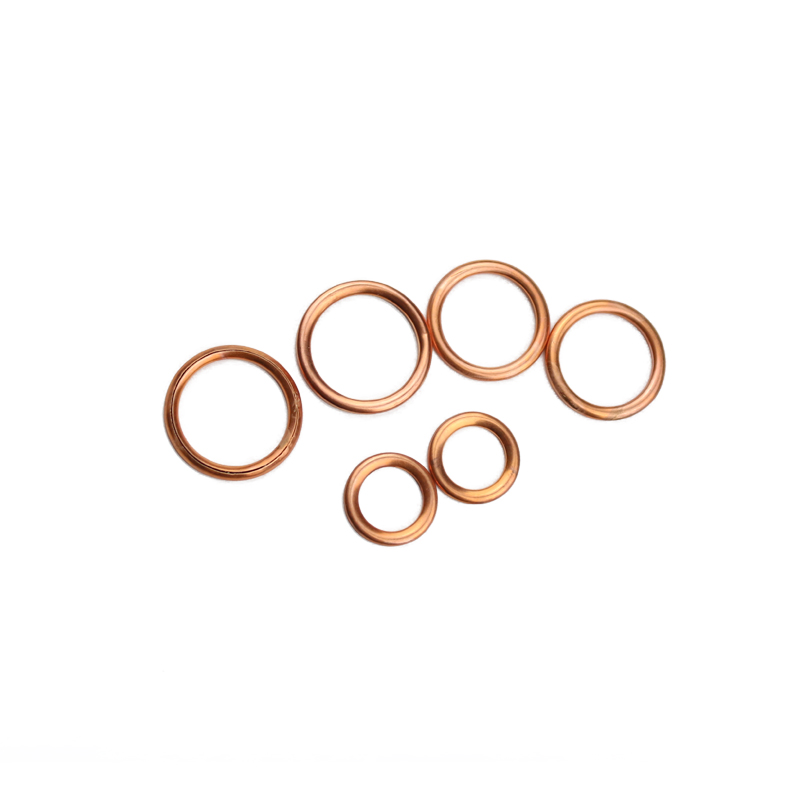Replacement Guide for Left Rear Axle Seal in Automotive Maintenance and Repair
The Importance of the Left Rear Axle Seal in Vehicle Maintenance
When it comes to vehicle maintenance, there are numerous components that require regular attention to ensure optimal performance. One such component that often goes unnoticed is the left rear axle seal. This seemingly small part plays a crucial role in the overall functionality of your vehicle's drivetrain, and neglecting it can lead to serious problems down the line.
The axle seal is designed to keep lubricant within the axle assembly while preventing dirt, dust, and debris from entering. Located at the rear axle, the left rear axle seal is specifically responsible for the lubrication of the left rear wheel hub and the associated gears. The seal is typically made of durable rubber or synthetic material, tailored to withstand the harsh conditions present in the vehicle's operating environment. Over time, however, even the most robust seals can wear out due to exposure to heat, pressure, and other factors.
Regular inspections of the axle seals should be part of any vehicle maintenance routine. Signs that the left rear axle seal may need attention include noticeable leaks, unusual noises from the rear of the vehicle, or decreased handling performance. A leaking axle seal can lead to significant issues, including reduced lubrication in the differential and rear axle, which can accelerate wear and tear on neighboring components.
The process of replacing a worn or damaged left rear axle seal involves several steps and requires a certain level of mechanical skill. It typically starts with safely lifting the vehicle and removing the wheel. Once the wheel is off, the brake drum or rotor must be disassembled to access the axle assembly. After that, the old seal can be removed, and a new one can be installed. This is a critical step, as proper installation of the new seal is essential to prevent future leaks.
left rear axle seal

Neglecting to replace a faulty left rear axle seal can lead to a variety of problems. One of the most significant risks is the potential for differential fluid loss, which can result in the rear axle overheating. This could damage not only the axle but also the differential, leading to costly repairs. Additionally, a damaged axle seal can lead to contamination of the lubricant, mixing oil with dirt and debris, which further exacerbates wear on internal components.
Drivers may notice performance issues when there's a problem with the axle seal. This could manifest as vibrations or grinding noises when turning, which indicate potential damage to the axle. Over time, delays in addressing these issues can lead to more extensive damage and ultimately compromise the vehicle's safety.
To maintain the longevity and performance of your vehicle, it is worth investing in regular inspections by a professional mechanic, who can easily identify any wear on the left rear axle seal and offer timely solutions. Furthermore, utilizing high-quality replacement seals designed for your specific vehicle model can help ensure durability and resistance to the elements.
In conclusion, while the left rear axle seal may be a small component of a larger system, its role is integral in ensuring the smooth operation of your vehicle. Regular maintenance and prompt attention to signs of wear can save you from costly repairs and keep your vehicle performing at its best. So, the next time you schedule your vehicle's maintenance, don't overlook this essential part—it could make a world of difference in the longevity and reliability of your ride.
-
The Ultimate Guide to Boat Propeller Bearings and Trailer Wheel Bearings
News Jul.31,2025
-
The Essential Guide to Marine Bearings and Boat Trailer Wheel Bearings
News Jul.31,2025
-
The Complete Guide to Heavy Duty Seals: Protecting Doors and Spaces Efficiently
News Jul.31,2025
-
Essential Guide to Marine Shaft Bearings and Boat Trailer Axle Bearings
News Jul.31,2025
-
Comprehensive Guide to Marine and Trailer Bearings for Safe Boating and Transport
News Jul.31,2025
-
Comprehensive Guide to Automotive Oil Seals: Protecting Your Engine and Shafts
News Jul.31,2025
-
Understanding Automotive Oil Seals: Essential Components for Engine and Shaft Protection
News Jul.30,2025
Products categories















